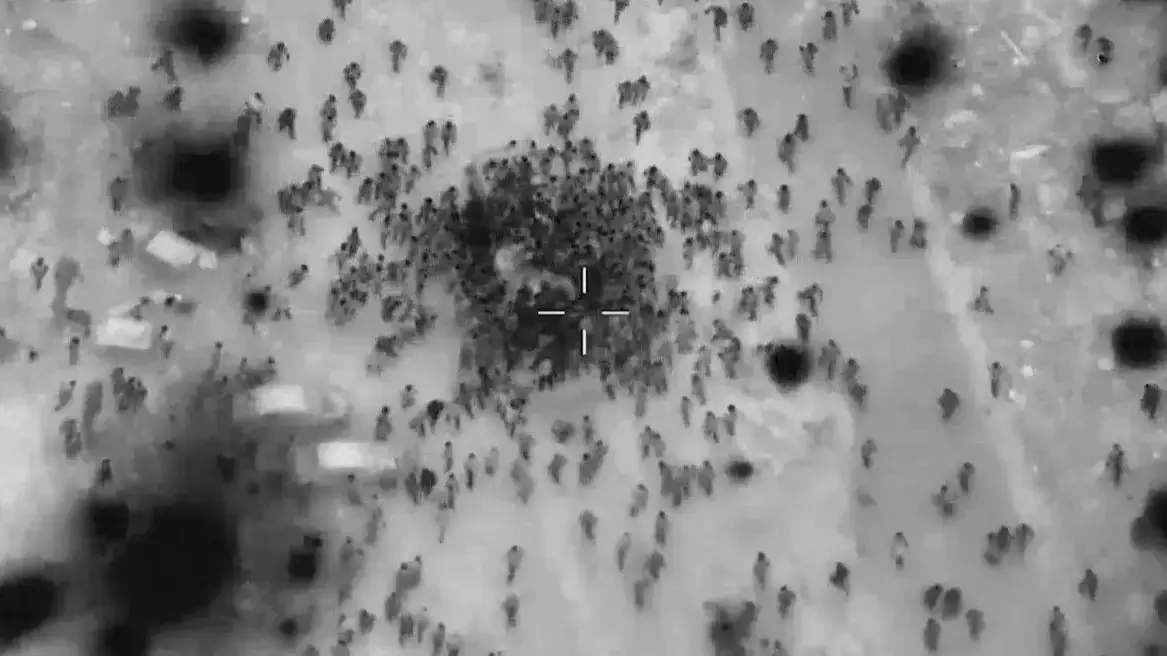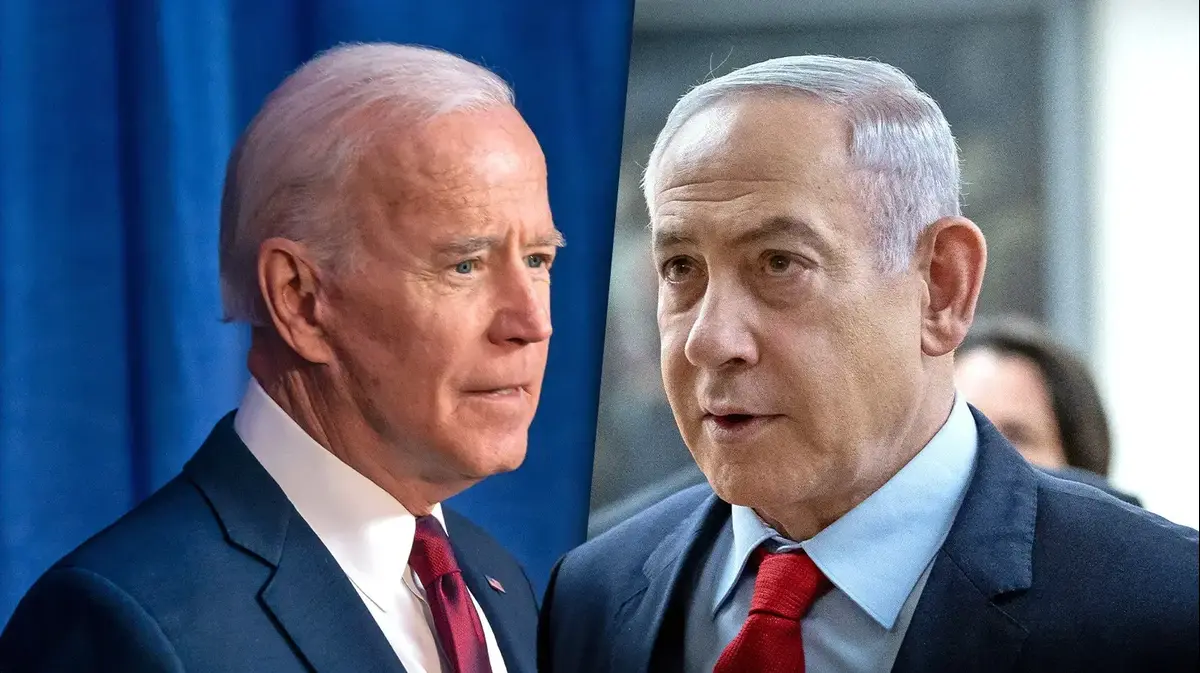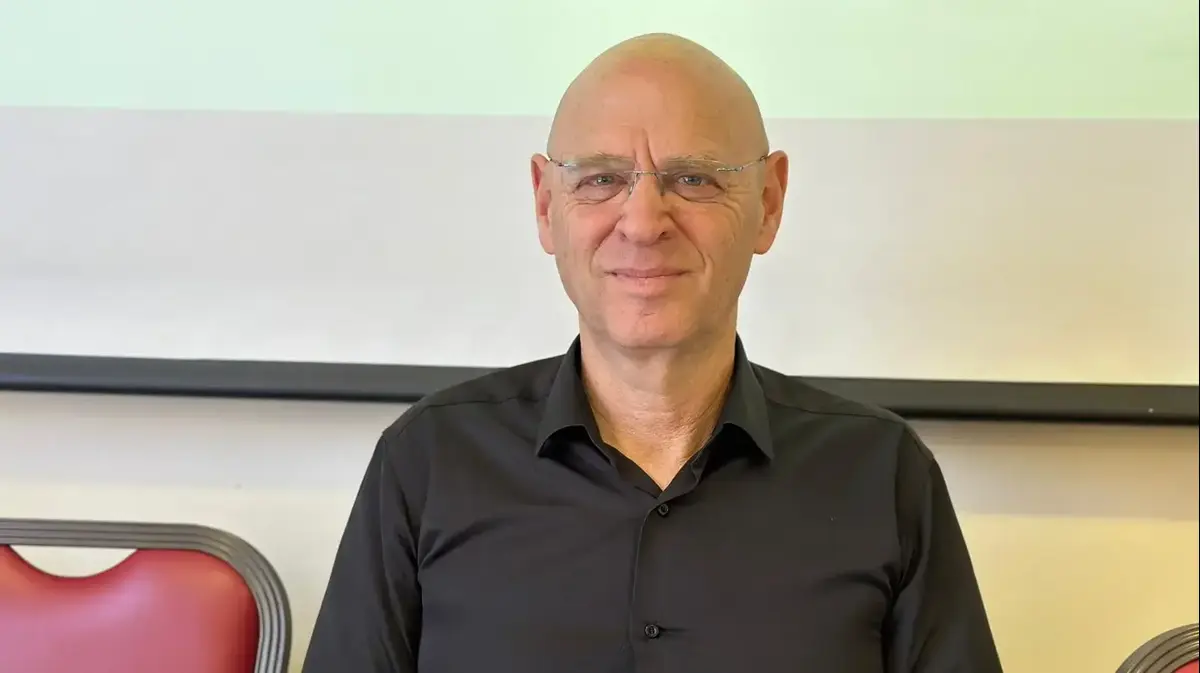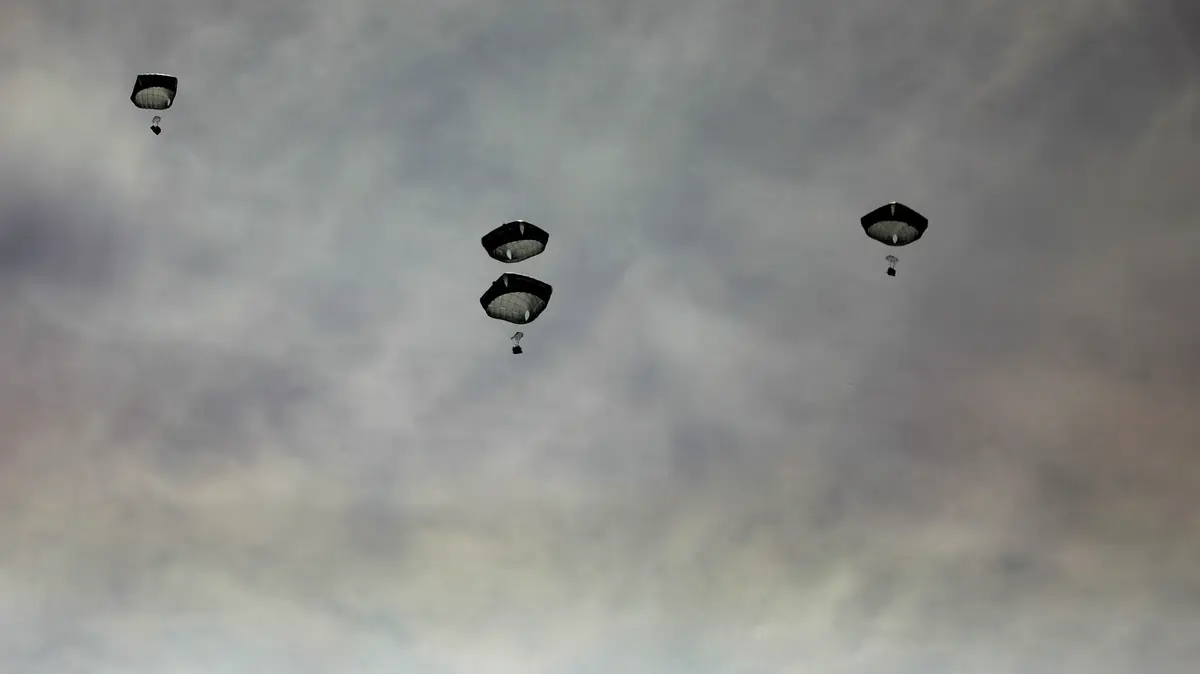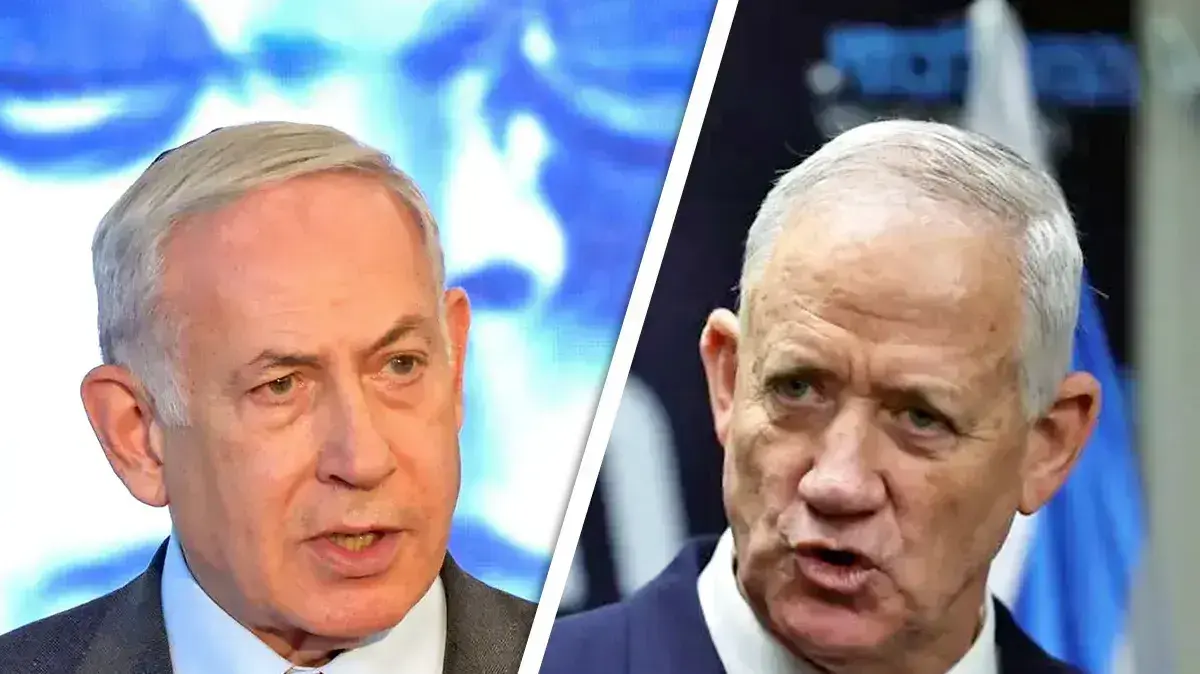Air Force helicopters and refueling aircraft carry a lot of nostalgia and combat legacy on their wings, but in the operational aspect they have long since done • The military and political echelons will try to decide again this year about the replacement they deserve, in the first procurement test by Benny Gantz as Defense Minister
The "K" helicopter is in the air. Reminiscent of the agony
Photo:
NAVAIR
One of the pressing issues on the desk of incoming defense minister Benny Gantz is the huge deals to buy the new Israeli Air Force aircraft. Decisions on this issue have been delayed for many months due to the political plunder, and now, with the government train, the defense system is heating engines and pressuring to close a deal by the end of the current year, to replace the old-fashioned helicopters and old refueling jets. At the same time, there is also another fighter squadron.
American companies Boeing and Lockheed Martin are already sharpening knives with the understanding that this is the "man time" for the decision. The IDF also makes it clear that it intends to sign a deal in the last quarter of 2020, although at this stage it is convenient for the defense establishment to reject as much as possible the decision to pressure competing companies to lower the price.
Significant price gaps
The deal to replace the helicopter helicopters that arrived in Israel in the 1960s and 1970s is critical for several reasons. Although the Air Force's technical crews have been able to extend helicopter life over and over, the state comptroller last year ruled that continuing the process beyond 2025 could endanger human life. And in order to reach a squadron of new helicopters by this deadline, a deal must be signed as soon as possible.
The candidates are the CH-53k helicopter, or in short the "K", manufactured by Sikorsky, purchased by Lockheed Martin, and Boeing's Chinook helicopter. Previously, there was also an option to purchase the V-22 helicopter as an addition to one of the two, but a few months ago the IDF decided to drop the idea.
The big advantage of the "K" helicopters is that they are newer and somewhat similar to the helicopter.
The CH-53k has three engines and a carrying capacity twice as large as the Israeli Air Force's current helicopter, and even bigger than Boeing's competitors. The proponents of the "K" purchase are also supported by a nostalgic connection to the existing distortion helicopter similar to it and indicate that it can be easily refueled in the air.
Lockheed Martin is very interested in embedding the Israeli Air Force emblem on their helicopter, in the hope that the move will lead to a trend of deals with other countries that are very important to the Israeli decision-making process, especially Germany, which is also planning a new helicopter deal.
Maj. Gen. Norkin // Photo: Moshe Shay
The big downside of the new "K" is its high cost - almost twice its size - and some also claim that it is less secretive than the Chinook because of its size. Proponents of its purchase propose to look at the cost over time - including the upkeep, installation of the means and infrastructure required to operate it, and in the models that show lower cost of ownership in the long run.
Proponents of purchasing the Chinook actually prove that the cost of holding this helicopter is lower and proven for many years over multiple hours of flight. The familiar form of the old Chinook, first made in the early 1960s, does not indicate the latest innovations Boeing introduced. The Israeli helicopter, which is completely new, very fast, can perform impressive maneuvers and land a partial landing as they breathe in the air and tail to the ground, enabling soldiers to climb up and down quickly in difficult terrain.
At this stage, the parties are in the draft exchange stage, with the intention of the defense establishment to make a final decision between October and December of this year, after obtaining approval from the political echelon. Some believe that the Air Force prefers the "K" more familiar to Israeli pilots, but opinions within the defense establishment are still divided.
A crucial strategic role
Another deal involving the IAF concerns fuels, as strategic force multipliers. At the Sprout Squadron, there are currently only seven very old-fashioned, 40-year-old fuels, some of whom were converted in the aerospace industry to their current designation in the late 1970s and early 1980s. Due to their advanced age it is very rare for everyone to be eligible for a parallel flight.
Contrary to the past, this time the US government has approved Israel to purchase dedicated refueling jets, not only to join the US military deal with Boeing, and to actually purchase Pentagon refueling jets. Meaning: Israel can get KC-46 low-cost jets Significant of its price in the event it was purchased directly from Boeing. The US government has authorized Israel to purchase eight fuels, but the IDF is currently talking about four, two of which could be reached as early as 2023 if the deal is signed soon.
Acquisition of fuels is of particular strategic importance in the face of Tehran's ongoing Iranian threat and nuclear bomb production in about two years. These aircraft can allow the Air Force to fly farther and in surprising directions, less likely to expose the other aircraft to danger. They are also important to the Air Force's functional continuity in the case of accurate missile barges on its bases.
The third deal, a lower priority, is another fighter squadron deal. The IDF has already purchased two F-35i squadrons, "Adir", made by Lockheed Martin in recent years, but recently announced the closure of a fighter squadron in Ramat David, and the closure of other outdated fighter squadrons. ", The IDF wants to be equipped with a third squadron, and for about a decade on a fourth squadron.
The Air Force has yet to decide whether they are interested in additional F-35s, or indeed Boeing advanced F-15s. The F-35s bring with them the non-F-15's elusiveness and may be even cheaper. Apparently, the range of the F-35 in its elusive configuration is smaller than that of the F-15 (at least at this point), and there are problems with the integration of Israeli aircraft systems.
Funding for the huge deals will come from the US aid budget, which stands at about $ 38 billion over a decade, but will be available to Israel only in 2025, with the intention of investing it not only in aircraft but also in additional capabilities for the IDF under the multi-year "swing" program Of Chief of Staff Aviv Kochavi. The need to make a decision now for aircraft to arrive in time to replace veterans leaving service is heightened by the fact that this is an election year in the US, and fears, albeit faint, of a new administration that may change the aid model.
The recommendation of the defense establishment must also be approved by the political echelon. The commander of the Air Force, Gen. Amikam Norkin, has a decisive weight in the final drafting of the military recommendation, but who will ultimately decide is Chief of Staff Kochavi, since the Air Force does operate the helicopters, but these are intended to serve the ground forces.
Now it seems that the new Director General of the Ministry of Defense and former Air Force commander, Maj. Gen. Amir Eshel, will have something to say on the issue. Eshel is considered one of the closest and most reliable members of Gantz and his opinion on the issue will certainly be heard.


